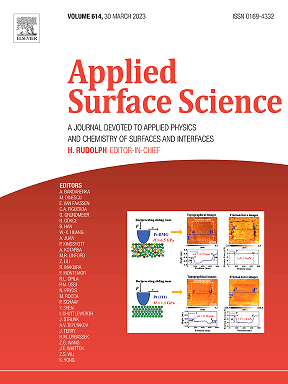Iron oxide/silica (Fe:Si as 1:10 atomic ratio) composite materials have been prepared by calcination for 3 h at different temperatures (400–900 °C) of xerogel precursor obtained via a formamide modified sol–gel process. The process involved TEOS and iron(III) nitrate, nitric acid and formamide. Genesis of the composite materials from the xerogel precursor has been investigated by TGA, DSC, FTIR, XRD, SEM and EDX. Results indicated that all the calcined composites are mainly composed of amorphous iron oxide dispersed as finely divided particles in amorphous silica matrixes. Nitrogen adsorption/desorption isotherms revealed a reversible type I of isotherms indicative of microporosity. However, high SBET surface area and microsporosity were observed for the calcined composite materials (e.g. SBET = 625 m2 g−1, and Sαs = 556 m2 g−1 for the composite calcined at 400 °C). Formation of the porous texture was discussed in terms of the action of formamide, which enhanced strengthening of the silica gel network during evaporation of the more volatile components within the composite body during the drying process.


